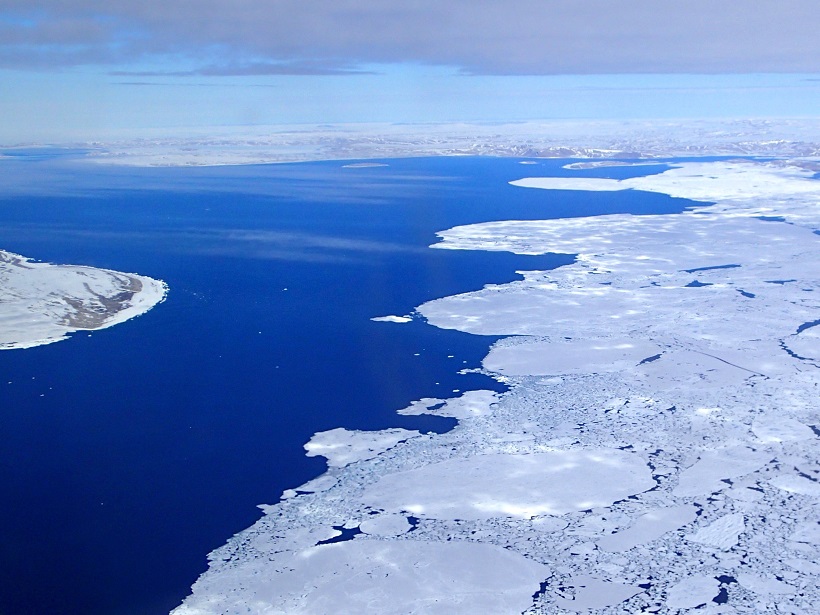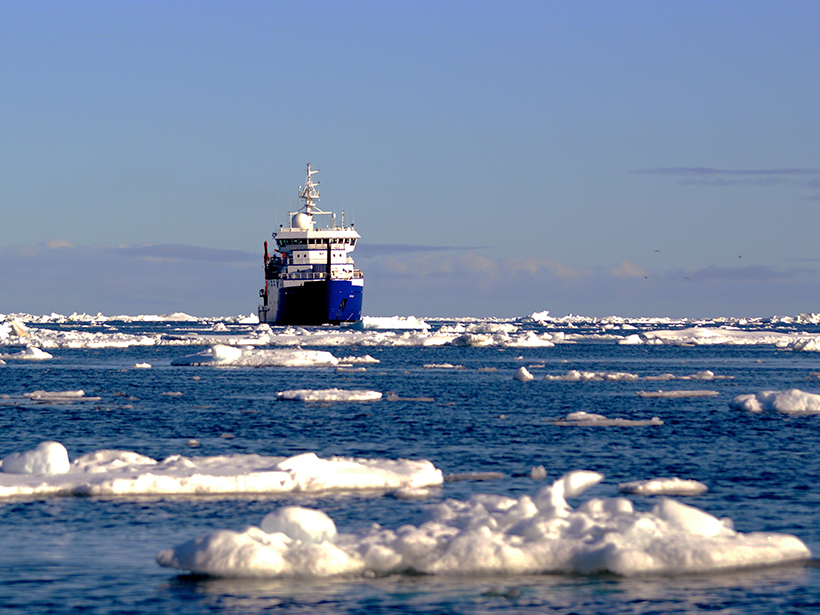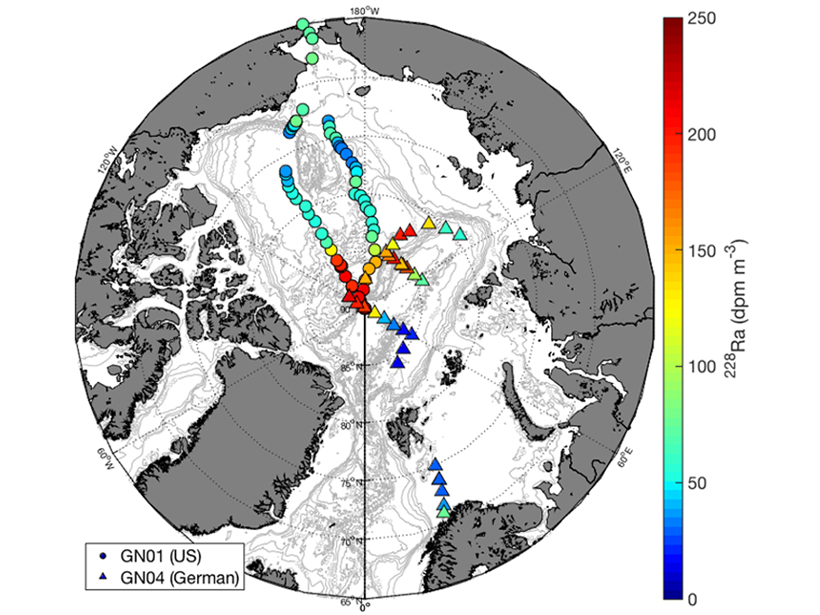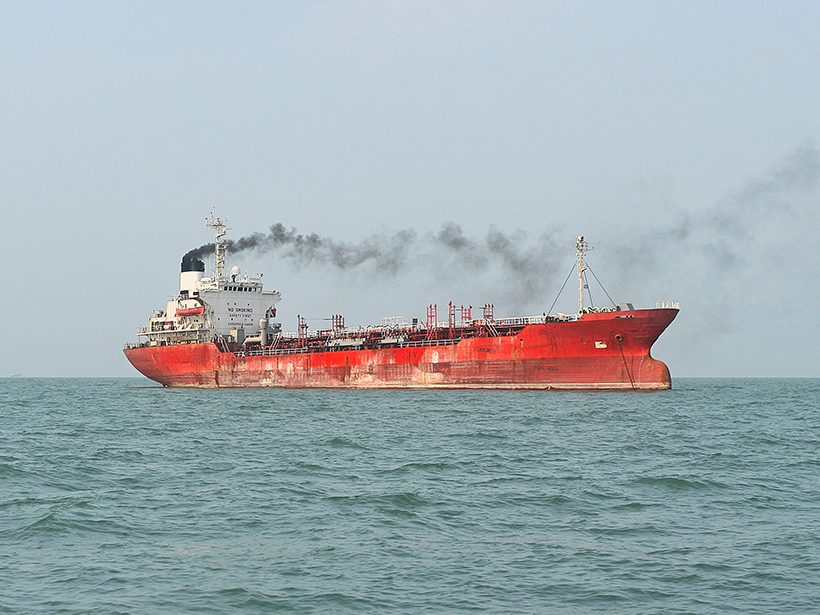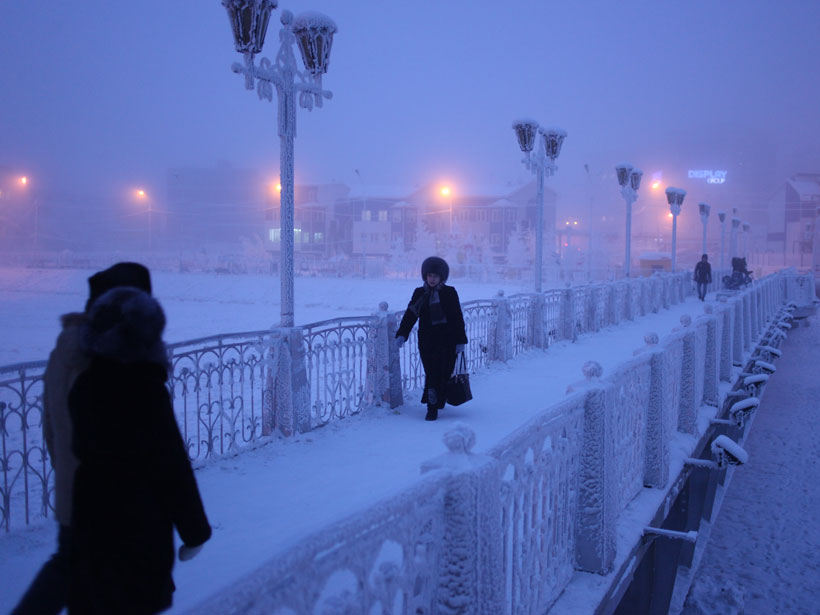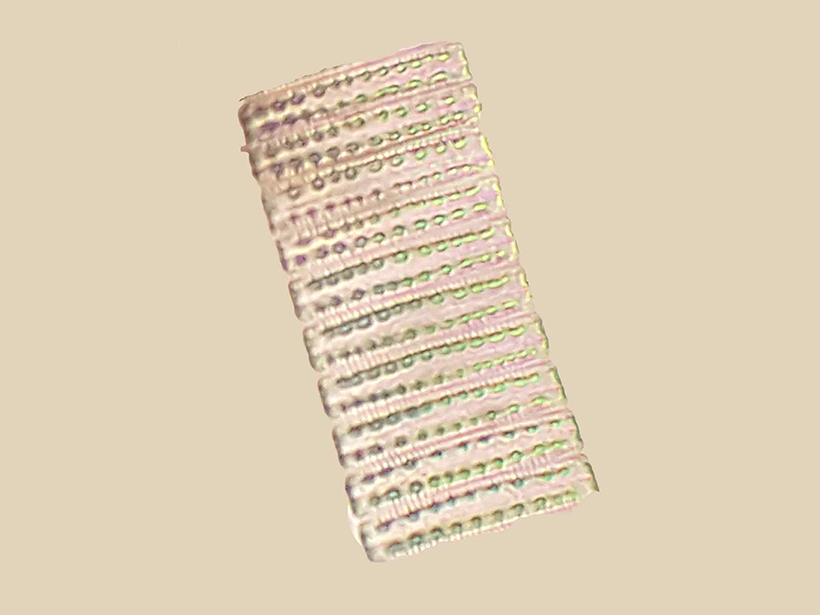The Arctic Report Card, released by the National Oceanic and Atmospheric Administration, outlines vast changes taking place in the Arctic region. Here are some major findings.
Arctic
Groups Gear Up to Fight Oil and Gas Development in Arctic Refuge
With Democrats controlling the House of Representatives beginning in January, advocates see an opportunity to try to protect the Arctic National Wildlife Refuge from oil and gas development.
Autumn in the Arctic
With refreezing in the western Arctic Ocean shifting later into the autumn, field research on changing air-ocean-ice interactions suggests that the Arctic is shifting to a more seasonal system.
Atmospheric Aerosol in the Changing Arctic
Warming and sea ice loss in the Arctic are affecting the complex interactions between the atmosphere, ocean, land, and ice-covered areas, including the formation and transport of aerosol.
Countries Urge Increased International Research in the Arctic
A joint statement from countries with interests in the Arctic emphasizes the need for scientific collaboration in this rapidly changing region but sidesteps attributing climate change to human activities.
Increased Release Rates of Radium Isotopes on Arctic Shelves
A longer ice-free season on Arctic shelves causes an increase in sediment-water interaction.
Brown Carbon from Increased Shipping Could Harm Arctic Ice
Emission from a ship’s engine gives clues to how much light-absorbing molecules may build up on and above snow and sea ice. Such emissions are likely to increase as more ships venture into the Arctic.
Why Are Siberian Temperatures Plummeting While the Arctic Warms?
The answer involves the intricacies of stratospheric circulation, which, if better represented in climate models, could help predict extreme weather events in Siberia and elsewhere.
Exploring a More Dynamic Arctic Icescape
A joint special issue presents new findings from a field campaign in the Arctic Ocean which highlights key processes that need to be taken into account to predict the future of the Arctic ice pack.
New Paths for Plankton in Warming Arctic?
Water flowing from the Pacific to the Atlantic could find new shortcuts, enabling plankton to survive the trip through the cold polar region.




